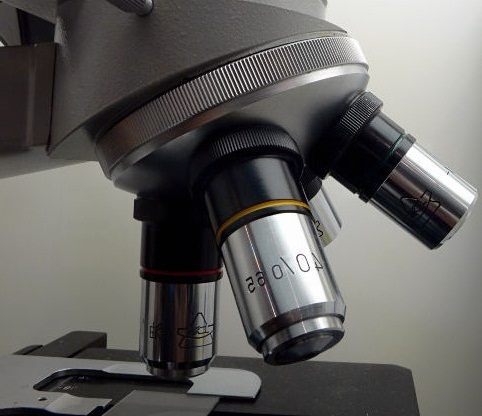The value of neurophysiology examination in Multiple Sclerosis patients with Mental Disorders
INTRODUCTION: It is well established that neurophysiological examinations as Visual Evoked Potential (VEPs), Brainstem and Auditory Evoked Potential (BAEPs), Somatosensory Evoked Potential (SEPs) and blink-Reflex not only have a known value for the detection of Multiple Sclerosis (MS) but they also offer a substantial contribution in monitoring the disease. Due to the scarcity of studies regarding the neurophysiological examinations in MS patients, we examined their contribution to the monitoring of the course of disease in 54 patients with MS for the period of three years and drew certain conclusion from the comparison.
METHOD: 54 patients (36 female and 18 male) aged 17-52 with a “clinical definitive” MS according of the criteria of Rose et al, were examined for the period of two years by means of VEPs, BAEPs, SEPs and blink-Reflex, at six fixed point in time. The patients were divided in two groups of 27 of the same age and sex. One group were treated with cortisone or ACTH and the second group with MITOXANTRONE (80-100 mg). All the neurophysiological test results were compared among themselves six times within the two year period. At the same time the patients in both groups were examined at the beginning, after one year and the end of the second year, according to the criteria of the KURTZKE Disability Status Scale (DSS). The results of this examination were compared to those of the neurophysiological ones.
RESULTS: In all patients pathological changes were found in the neurophysiological test (at least one) in 66% of the patients (p<0,05). Beyond that better result were found in 49 % of the people (at least one) in the treatment group with MITOXANTRONE. The difference reached 56% by the end of the second year. In the group of patient who they treated without MITOXANTRONE a deterioration was found of about 14% .
CONCLUSION: Neurophysiological examination (VEPs, BAEPs, BRs, SEPs) comprise a sensitive irreplaceable tool for monitoring and following up MS. It is essential to note that neurological examinations over long time period provide clear information regarding the effectiveness of each pharmaceutical treatment.
Abstract published in International Journal of psychophysiology 30(1998)95-271
paper presented at the 9th World Congress of the International Organization of Psychophysiology (IOP), Taormina, Sicily, Italy,14-19 September 1998

